An interactive 64-slide PowerPoint to use when learning to solve multiplication and division word problems.
Use this interactive PowerPoint presentation when teaching your students how to differentiate between and solve multiplication and division word problems. Twenty problems are included in the PowerPoint, and the last seven problems are multi-step word problems. This powerpoint works great as a math warm-up each day during your multiplication and division unit, as a math review before an upcoming test over the unit, or as a review before starting your multiplication and division unit in 4th grade.
Students will read a word problem and must first determine which operation they use to solve the problem. For the multi-step word problems, the students will be prompted to determine the first operation they will use.
Students choose the correct answer from the options of multiplication or division. When they select the incorrect answer, the PowerPoint will ‘buzz’. When they select the correct answer, the PowerPoint will ‘chime’ and transition to the next slide.
Use the answer slides for student sharing and additional learning opportunities. It is anticipated that there is more than one way to solve each question. Students may use a different strategy to solve the question than demonstrated in the PowerPoint.
To activate the interactive functions on this PowerPoint, ensure that you have ‘enabled editing’ and are viewing the PowerPoint as a ‘Slide Show’.
Add new slides and create your own class questions and answers using the editable function on the PowerPoint.
Please note:
- we have included a PDF version of this resource, however it will not include the interactive functions that the PowerPoint version does.
- this resource is a large file and may take extra time to download.
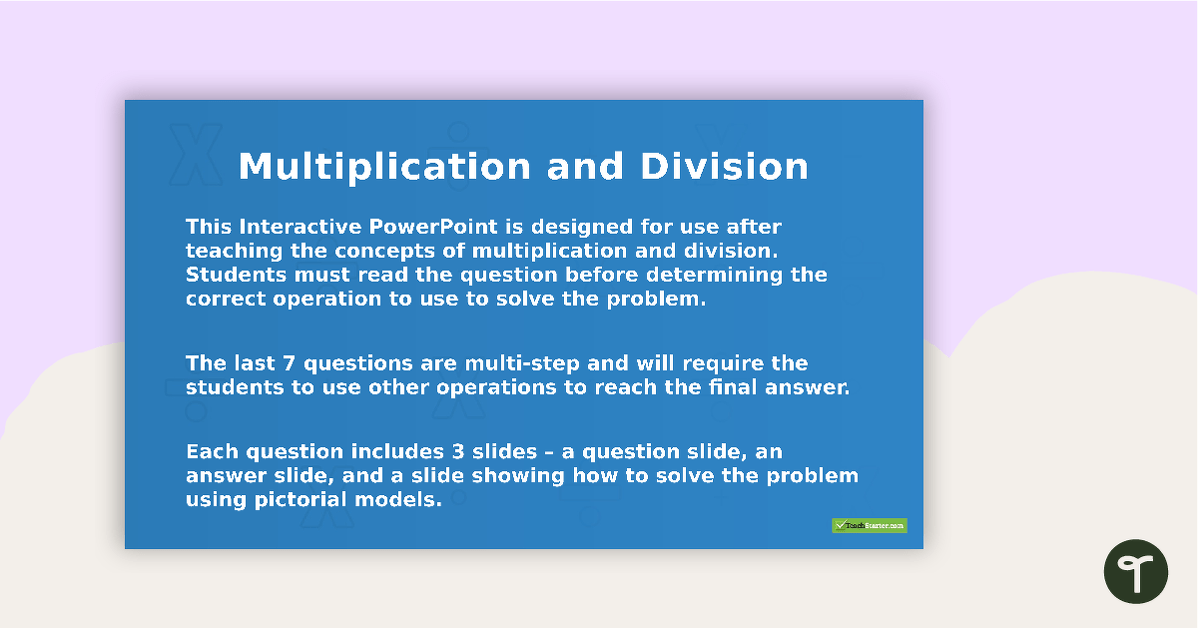
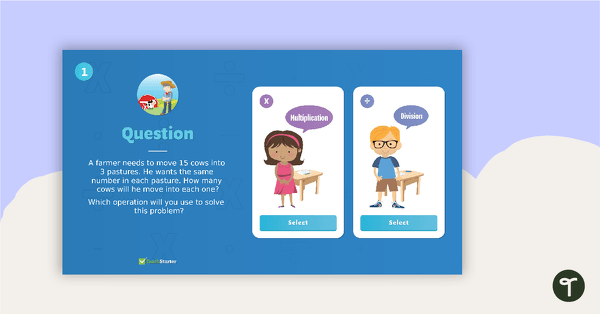
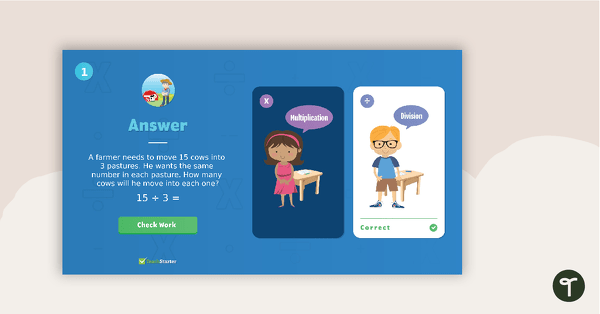
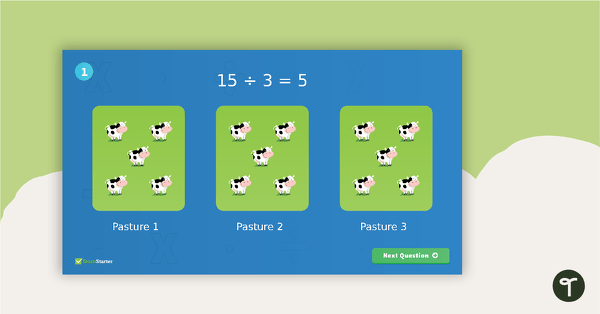

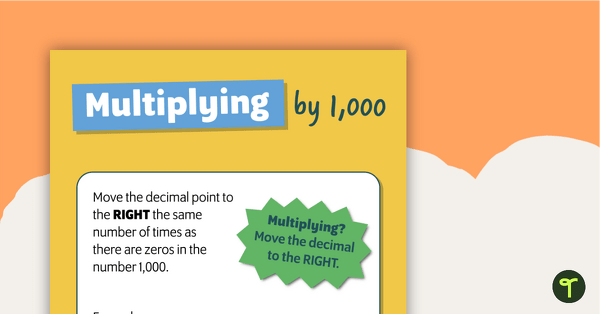
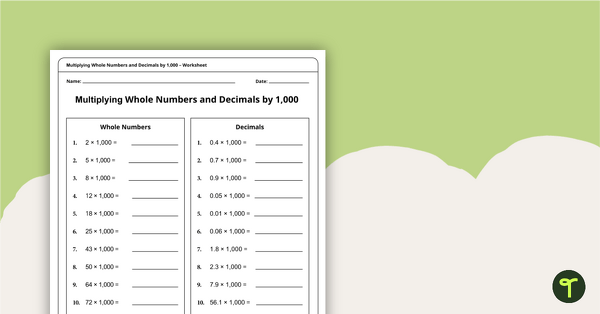

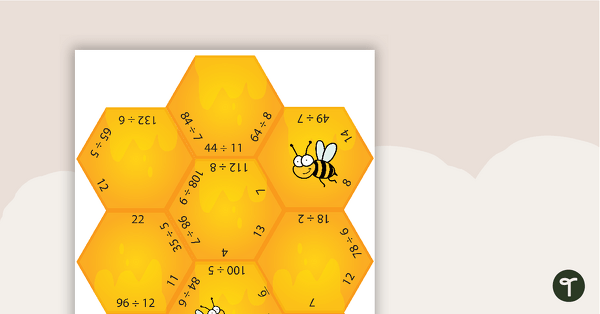
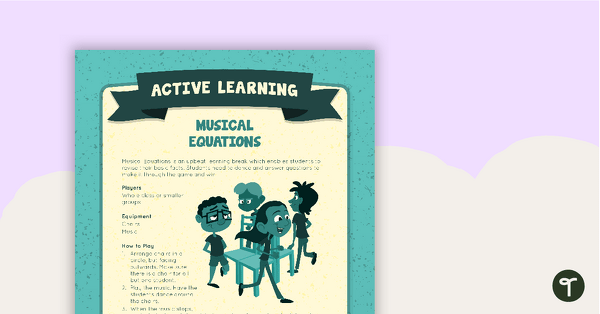
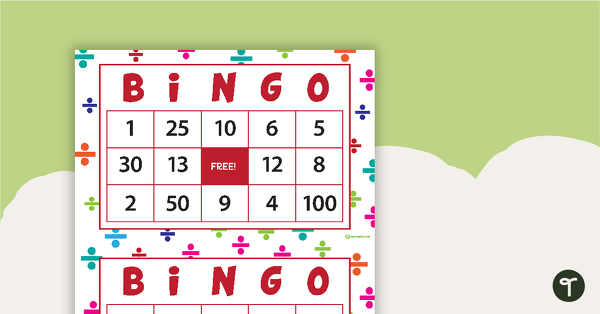
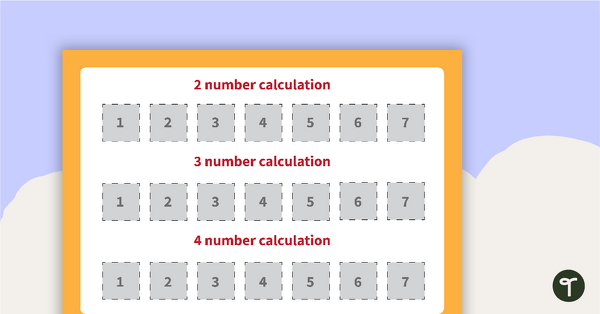
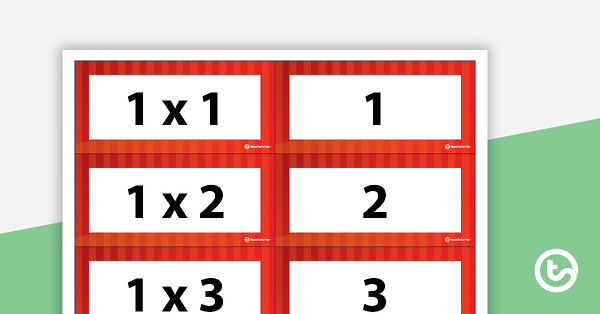
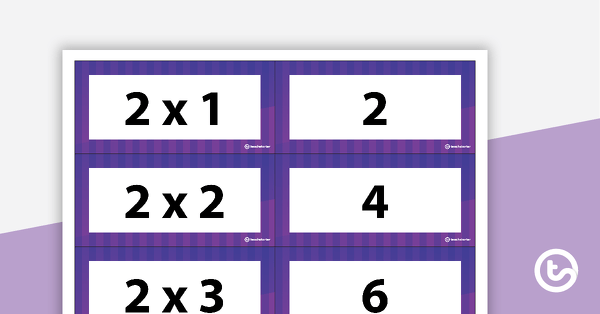
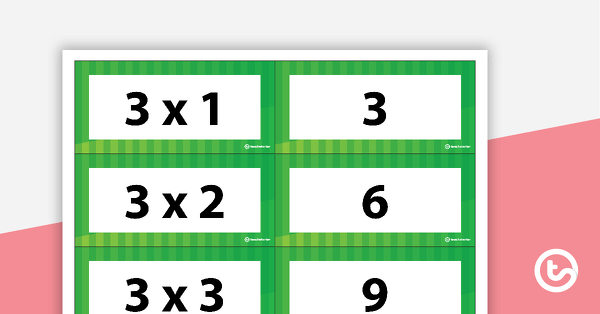
0 Comments
Write a review to help other teachers and parents like yourself. If you'd like to request a change to this resource, or report an error, select the corresponding tab above.